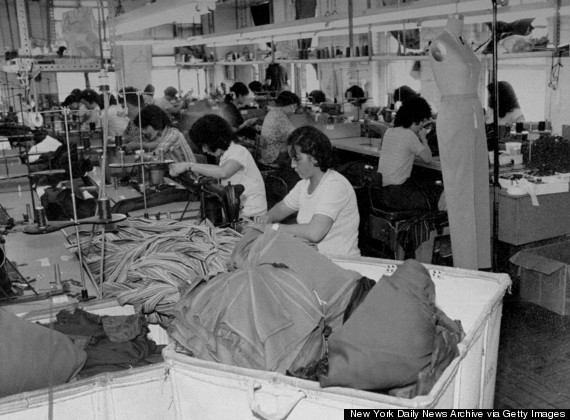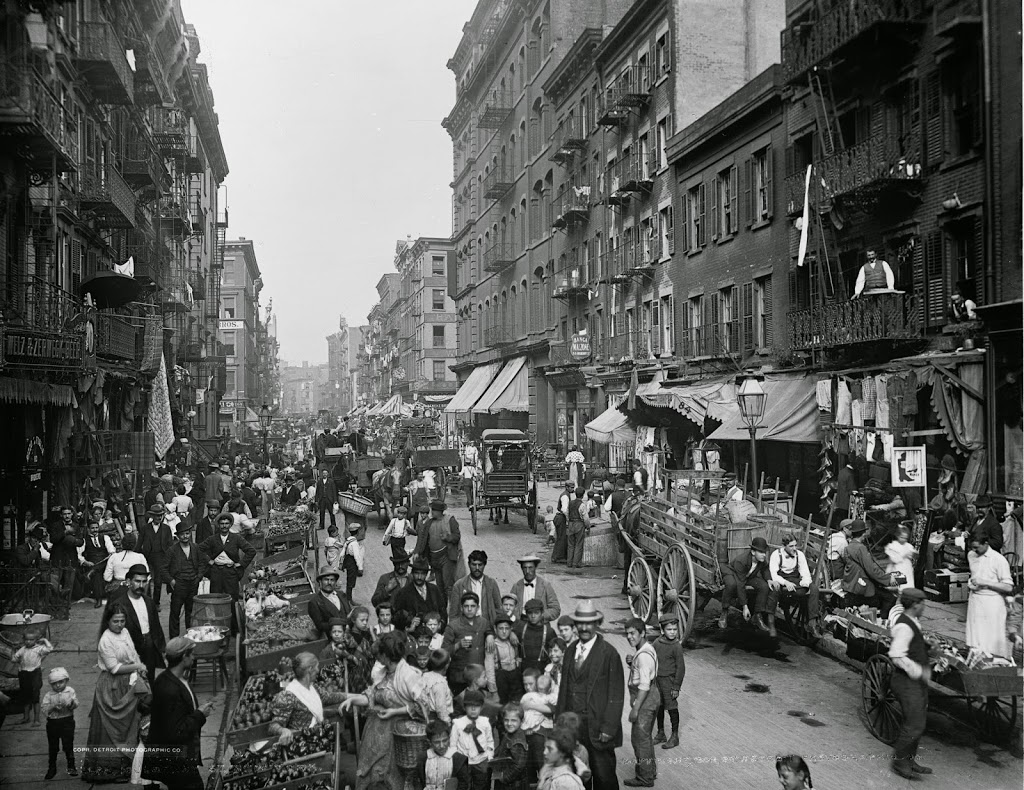With this current week of focused readings on Asian immigrants and their experiences, I have chosen to expand on the systemic injustices that lie behind the multitude of patterns of segregation across metropolitan city areas primarily focused on the dissociation of ethnic minority groups from established communities. Digging deeper into this research, I have gained an understanding that these arrangements of exclusion are rooted in past segregation housing policies to exclude numerous portions of immigrants. I have specifically decided to explore the segregation of Chinatowns.
This entry will focus on the policies behind the voluntary segregation of Chinatowns throughout cities like New York City and Detroit. The establishment of these towns dates back to the 1800s as a result of exclusion laws for incoming immigrants. Legal barriers such as economic hardship, refusal of owning property, voting restrictions, and housing exclusion, have prevented the assimilation of Chinese immigrants to be integrated within other cities. Housing and labor discrimination kept Chinese immigrants from being able to work outside of these cities. Therefore, the establishment of these segregated cities resulted from various state and federal laws and policies. The government has been issuing strict immigration policies, prohibiting Chinese immigrants to become American citizens resulting in a barrier for these immigrants to buy and own property. Therefore, these policies contributed to the rise of segregated Chinatowns. In order for this wrong to be right, government state and local policies would have to invest in the effort to stamp out discrimination laws against the housing market as well as shifting priorities to lower opportunity neighborhoods with access to greater resources. Similarly, the impact of these situations of segregation causes the uprise of concentrated neighborhoods with rising levels of disease, higher mortality rates, poor housing conditions, and fewer investments of banks throughout these areas.
This division of ethnic minority groups would be distinguished as systemic injustices due to these inequalities stemming from the structures of society by institutions and laws. The ethnicity of these minority groups was the category of identity that was distinguished. The impact of the segregation of these cities promoted poor housing conditions, lower socioeconomic status, as well as limited job opportunities. The impact of segregated cities on the society level as a whole causes the rise of inequality and stereotypes. This racial segregation ultimately leads to high-poverty neighborhoods and the decline of investments in these areas for improved living and housing conditions as well as safety.
These policies have denied Chinese immigrants well-resourced and opportunity-rich neighborhoods leading to inadequate services. In conclusion, we can make the observation that these federal and local policies have constructed ethnic and racial segregation resulting in the exclusion of Chinese immigrants in local cities contributing to the disadvantages and concentrated poverty levels throughout these segregated cities. These systematic disparities create ongoing racial inequalities, with detrimental consequences on ethnic minority groups.
In relation to Chinatowns and their connection to the theoretical concepts that have been discussed in class, the concept behind the “One and Other” have been illustrated. De Beauvoir’s explanation by “Other” indicates a group of individuals that are defined as inferior in regards to the “Ones” command and authority, symbolizing an inferiority complex of classification as the “Other” is being portrayed as inessential. In this example, the “One” is displayed as the society or the U.S which has imposed these immigration policies and laws by the segregation of these individuals into these towns. Therefore, Asian American immigrants are displayed as the “Other” as they are under the hands of the U.S authority implementing these towns. Therefore, the “Other” are forced to live with insufficient services as well as inadequate jobs due to the fear of the Asian American labor force becoming a threat to the American economy. These individuals are regularly prohibited from participating in political acts as well.
https://www.youtube.com/watch?v=EiX3hTPGoCg
(video depicting the “The surprising reason behind Chinatown’s aesthetic”)
Garment Workers

https://www.huffpost.com/entry/american-chinatowns-history_n_6090692

source-https://lostnewengland.com/2014/04/mulberry-street-chinatown-new-york-city/
Mulberry St. NY Chinatowns